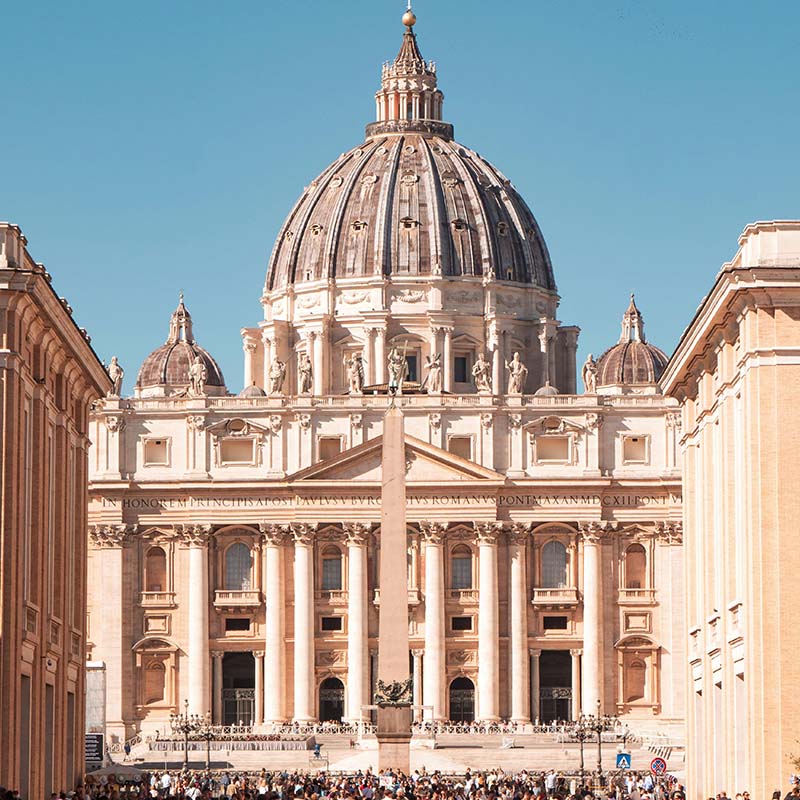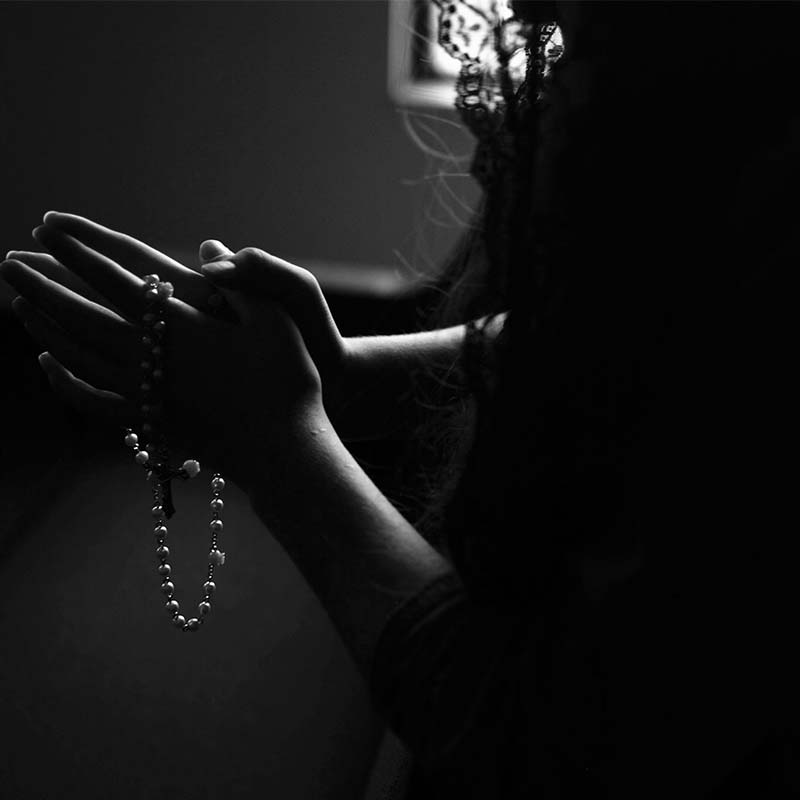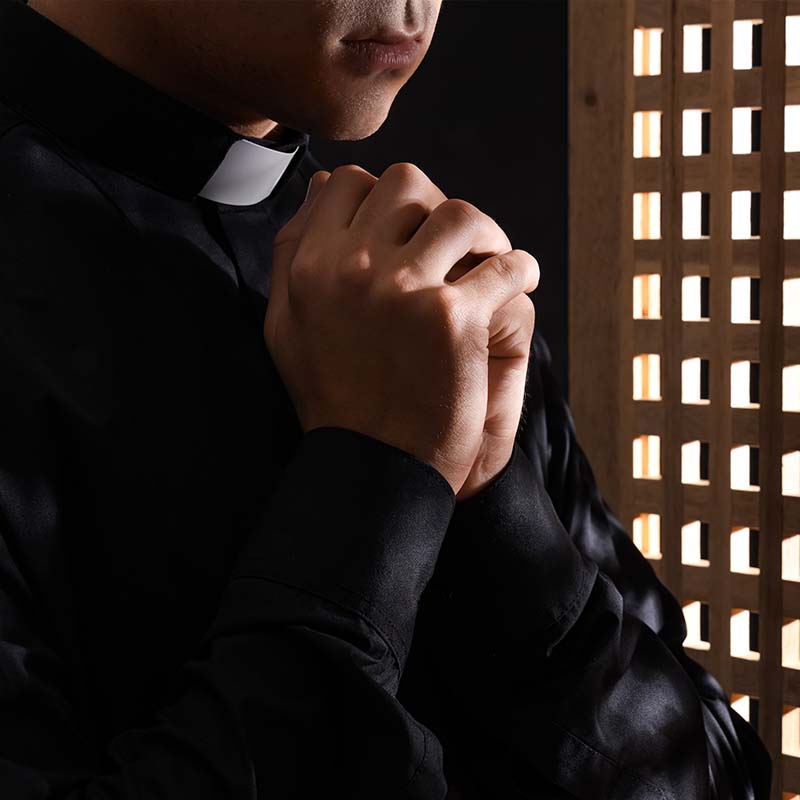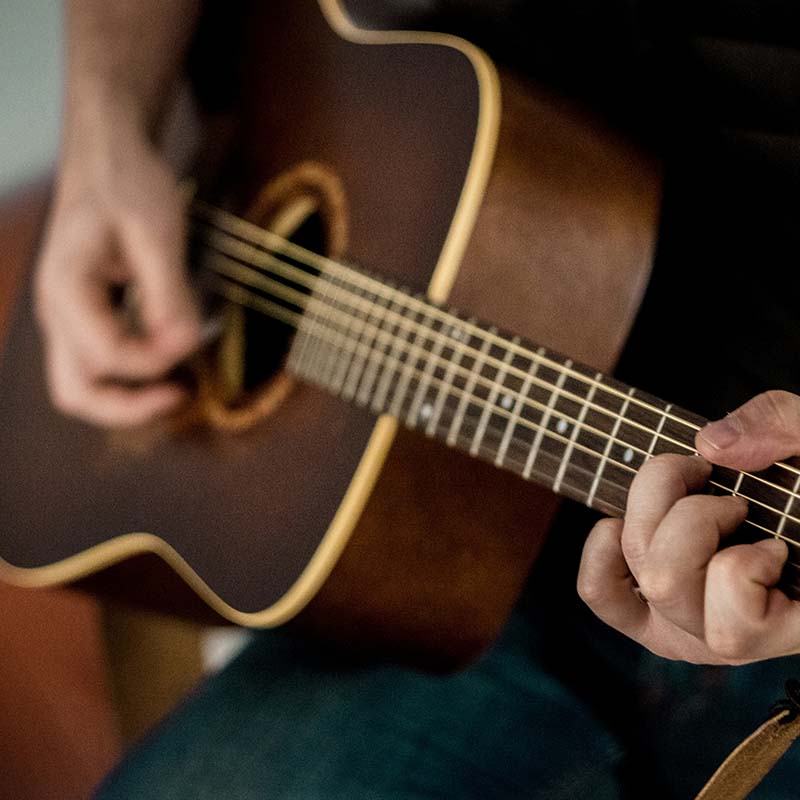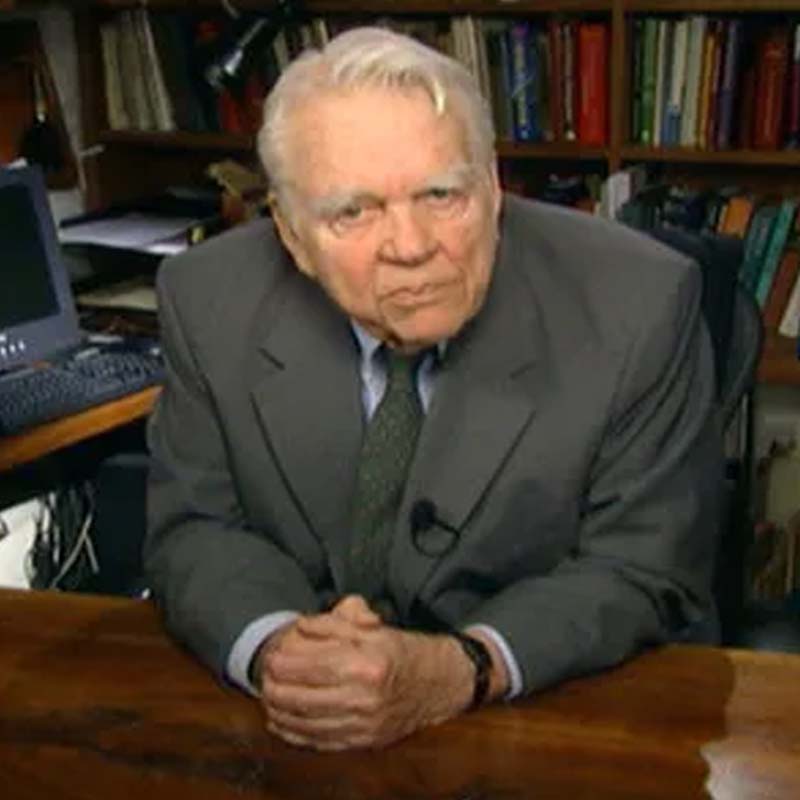
Have you heard the latest ripple effect of Covid-19? Cleveland Clinic is reporting a notable increase in cases of broken-heart syndrome – the colloquial name for stress cardiomyopathy. It’s a dysfunction or failure in the heart muscle attributed to psychological, social, or emotional stress. Dr. Ankur Kalra, the cardiologist who led the study that published these conclusions in the Journal of the American Medical Association told Cleveland.com in a phone interview that “This is going to be the crisis of our lifetime.” It provides new insight into the impact of the pandemic beyond the illness itself, because none of the patients in the study tested positive for the coronavirus. It’s as if the social isolation generated by prevention measures has itself become a plague.
If that’s true, it’s only the latest casualty of a trend that has been building for a generation or more. At the turn of the millennium, Robert D. Putnam stirred up a frenzy of media attention with his groundbreaking book, Bowling Alone, that used mega-data garnered from a vast array of research sources to demonstrate that, despite an atmospheric climb in social media tools at our fingertips, American society is increasingly disconnected from family, friends, neighbors, and social structures.
Where’s the Disconnect?
Even a cursory examination of our own habits might offer a peek into this troubling trend. Does texting qualify as a conversation? Is email a safe way to say what you wouldn’t dare to in a face to face discussion? Does a Face Book post substitute for coffee with a friend (even if you use a coffee cup emoji)? Is the number of followers on your Twitter account a good measure of your circle of friends?
A couple of years ago in the journal, First Things, Christendom College professor John Cuddeback observed that the family household itself has been gutted of meaningful interaction. “Were someone from most any other age in history transported to our time, he would immediately recognize…when walking the streets of town, city or country a striking fact: People do not really live in their homes. Mom and dad are at work. The kids are off to school. And when they return, it’s often with takeout food that gets eaten while each member of the family is looking at his own screen.”
Where’s the Cavalry?
This would seem the ideal time for people of faith to come to the rescue. By witness and word, we can offer the impetus to a dramatic turnaround. After all, community is what we do best. In Acts 2: 42-47 we find a description of the early church: “Those who believed shared all things in common; they would sell their property and goods, dividing everything on the basis of each one’s need. They went to the temple area together every day, while in their homes they broke bread. With exultant and sincere hearts they took their meals in common, praising God and winning the approval of all the people. Day by day the Lord added to their number those who were being saved.” But where is this kind of community being lived out in our contemporary world? The Bruderhof comes to mind: an international community of families and singles founded in Germany during Hitler’s rise and now spread to England, Austria, Australia, Paraguay, South Korea, and the United States (see bruderhof.com). But it seems like the rare example rather than the rule.
Even Putnam’s book devotes an entire chapter to religious participation and its impact on social relationships, stating that, “Faith communities in which people worship together are arguably the single most important repository of social capital in America.” But he concludes the chapter with the disconcerting observation that “Trends in religious life reinforce rather than counterbalance the ominous plunge in social connectedness in the secular community.”
Just when people of faith could be poised to step into the gap and model a remedial way of life, we find ourselves ill equipped. The Body of Christ has largely lost its most precious garment: that of community.
The Naked Church
Do you remember the tale by Danish author Hans Christian Andersen entitled The Emperor’s New Clothes? Two swindlers came into town purporting to be weavers of incomparable talent, and offer to create for the Emperor magnificent clothes of such unique fabric that it will seem invisible to anyone who is unusually stupid or unfit for office. The Emperor is enthralled and commissions the work with a large sum of money and a provision of the finest silk and purest threads of gold. The unscrupulous weavers deposit the money and materials in their traveling bag and proceed to pretend to weave upon two large looms day and night. For fear of being revealed as unfit or a fool, no one who watches their work dares to admit that they see nothing. Buoyed by the effusive praise for the finished garment by his retinue, the Emperor too feigns enthusiasm as the weavers go through the motions of dressing him. The whole town comes out for the much anticipated procession as the Emperor proudly struts under a splendid canopy without a stitch of clothing. Everyone continues the ruse until a little child exclaims, “But he hasn’t got anything on!”
A number of years ago, referencing this famous story, the pastor of our parish began his sermon with the proclamation, “The church has no community!” For fear of being called foolish or unfit to be a church member, he continued, we have been pretending to admire it unquestioningly. Covid-19 is now playing the role of the young child in exposing reality.
If the Church were clothed in vibrant community life, the government restrictions imposed on church attendance would not have caused much upheaval. But instead church attendance has been exposed as the only manifestation of a lived faith for many, many Christians. Isolated from the church building, we found ourselves alone and isolated from our brothers and sisters.
The Body of Christ is to be clothed with community. That is how the church is to be recognized: see how they love one another. It’s time to rebuild the family household as a place of common prayer, meaningful relationships, and service to those in need. To rebuild neighborhoods characterized by hospitality and shared resources. It’s time to make rebuilding community, well, contagious.
“Our world doesn’t want a community anymore. We go from person to person with our dollar bills and credit cards, buy goods and services, and then we go home and close the doors behind us.”
The Power of the powerless by christopher de vinck


